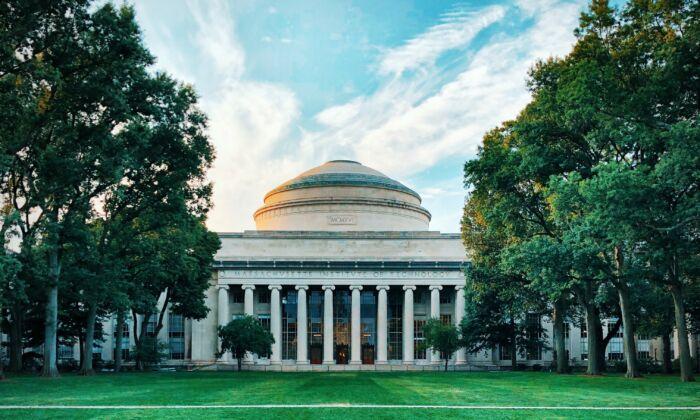The new academic year hasn’t even begun, and public school enrollment already isn’t looking good in some parts of the country.
With cities such as San Diego reinstating a school mask mandate this summer and Los Angeles bringing back its indoor mask mandate at the end of the month, it’s likely that public school enrollment in those cities will continue to decline.
The good news is that coinciding with the drop in district school enrollment is the proliferation of a diverse assortment of accessible learning models, including low-cost microschools, learning pods, virtual platforms, and homeschooling collaboratives. Parents and teachers have more education options today than ever.
“The public education system is failing our students’ academic and social/emotional needs due to overfilled classrooms, watered-down content, and less individualized student focus because the curriculum is the priority over student mastery,” she told me in an interview last week.
Microschools are typically small, multi-age learning communities that gather in private homes or local commercial spaces, often with hired teachers who facilitate a mastery-based curriculum. Microschools were gaining traction prior to 2020, but their popularity has surged over the past two years amid the widespread education disruption caused by the COVID-19 pandemic response.
“Microschools are offering us a way that our students can get a more authentic learning experience in a much smaller setting where the adults involved have a true passion for teaching in ways that are best for students rather than being bogged down by pacing guides, student behaviors, and curriculum constraints,” Grant said.
Parents are also welcome members of most microschooling communities, something that can set these emerging learning models apart from school systems, which tend to be centralized and bureaucratic.
“Parents know they are valued instead of treated as the enemy,” Grant said.
Her microschool, like most others that are sprouting nationwide, is a low-cost education option, with tuition rates that are far lower than other local private schools. Many microschools also try to offer sliding scale tuition and scholarships to reduce costs even further or encourage families to take advantage of various school choice policies, such as education savings accounts, that make microschools and related learning models more accessible to more families.
As many families consider, perhaps for the first time, other education options beyond their local public school, they may be surprised to discover the variety of new learning models available to them. They may even discover, as more and more families have, that they prefer these education options far more than their government-assigned one.




